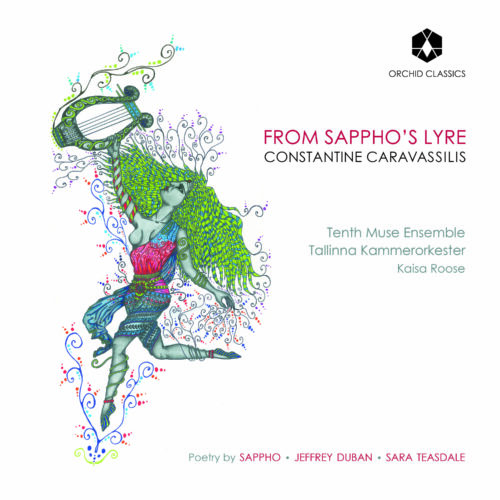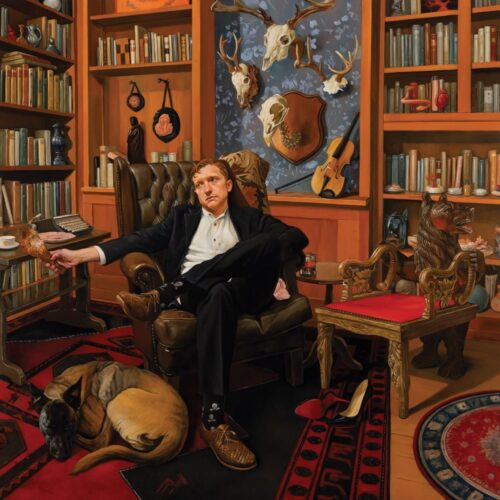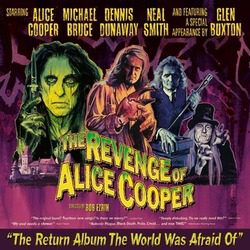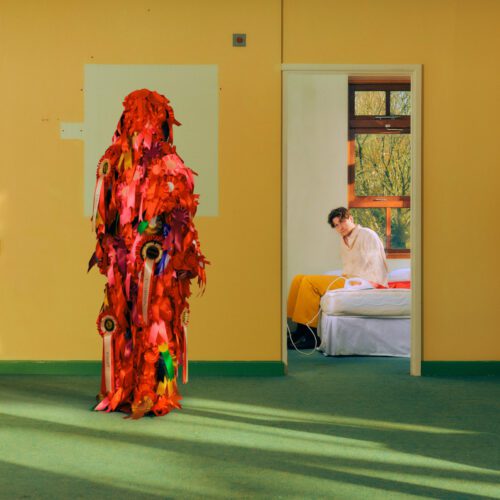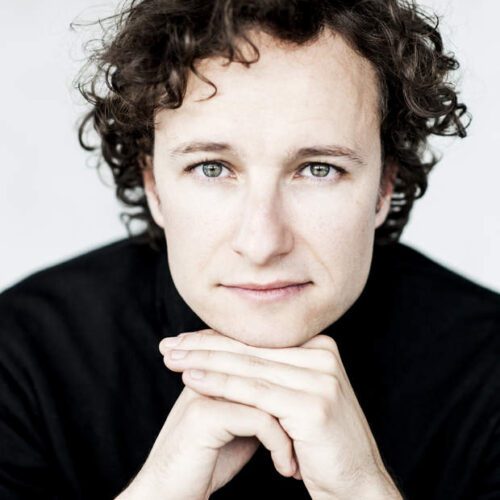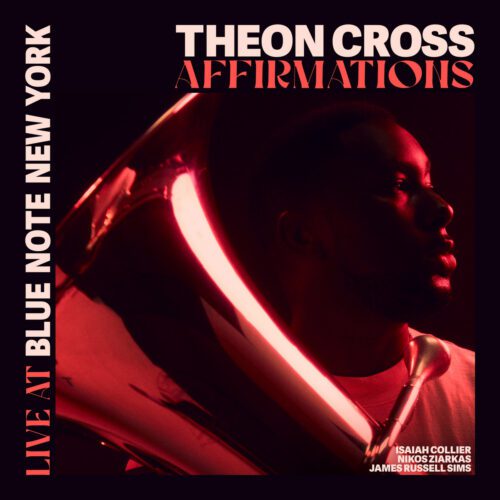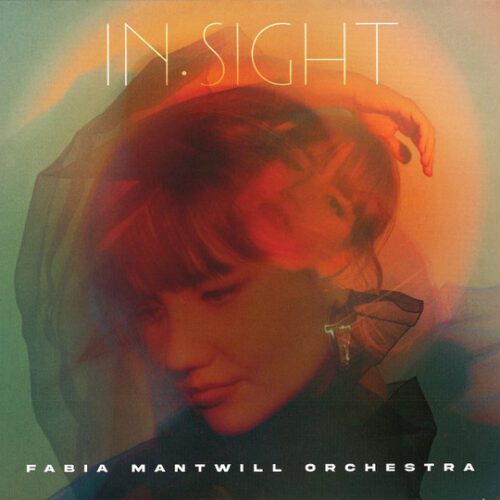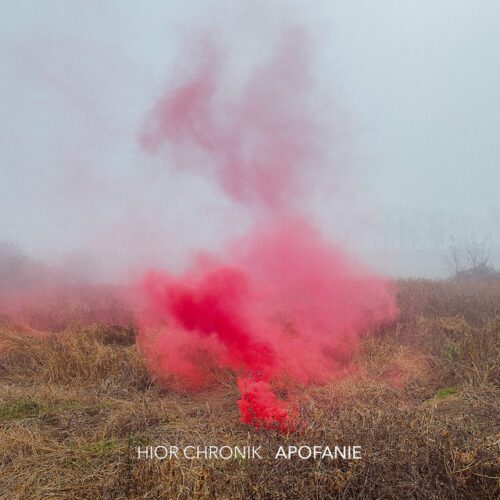I didn’t know what to expect when I began listening to this contemporary multimedia cantata by a Canadian composer of Greek origin whom I didn’t know at all. Well, I was intrigued and seduced from the start by this modern encounter with the famous poetess Sappho of Mytilene, who lived on Lesbos island, Greece, in the 7th century BC. The two surviving poems by the artist served as sources for Jeffrey M. Duban’s landmark book The Lesbian Lyre: Reclaiming Sappho for the 21st Century. There, the American scholar places Sappho in her historical context and offers a new translation of her works. And that is where our fellow compatriot comes in.
Caravassilis, with his vivid imagination as a musical creator, immediately transports us into a highly seductive sound mode, that of an ancient Greece fantasized and transcended, thanks to a transfigured modal writing skilfully revisited with a few modern techniques. This sometimes bewitching plunge into distant Greece oscillates between modal language (which sounds “ancient”), impressionist chromaticism and romanticism, but also minimalism. A rather eclectic chamber orchestra (containing santour and many percussions), is beefed up by discreet electronic triturations and concrete sampling (natural bird sounds, for example). Caravassilis completes this already rich fabric with a choir and solo voices who are asked to master traditional lyricism alongside arabesques reminiscent of ancient oriental chants or, let’s say, based on musicologists’ suppositions of melodies heard in ancient Greece.
The whole thing could have been a mess, but Caravassilis’s dramatic focus, and the landscapes revealed or suggested as the piece unfolds, are often spellbinding and/or effectively expressive. We’re quickly hooked on this proposition, which regularly has the effect of contemplative hypnosis. We’re not listening to a timeless sound world, we’re being sucked into it!
New York’s Tenth Muse ensemble (in homage to Sappho of Mytilene, whom Plato considered the ”10th Muse” of the gods), a motley chamber orchestra coupled with a choir whose members were personally chosen by the composer, is the cornerstone of this performance, the vehicle that allows us to cross time and space so convincingly. The voices, so beautiful, so idiomatic in their evocations of ancient songs (recent musicological research is somewhat responsible for this new understanding), serve the proceedings through orientalising solo interventions and choral passages that recall, of course, the choirs of ancient Greek tragedies. I dream of seeing this cantata in the conditions it was intended, with multimedia projections and dance, even if the musical version alone is more than enough to convince us of its great quality. A real gem.
But that is not the end of the journey. The Sapphic cantata is only the first of two discs on this album. The second is devoted to other pieces by Caravassilis inspired by poetry and ancient Greece, again Sappho. Five Duban Songs: Eros Sanctified transposes into inviting lyricism extracts from The Shipwreck Sea: Love Poems and Essays in a Classical Mode by the same author as in the Cantata, inspired by ancient poetry. This is followed by two other song cycles: My Life a Lyric City, on poems by Sarah Teasdale (1884-1933), inspired herself by Sappho, then Sappho of Mytilene, on fragments of Sappho’s texts translated into modern Greek by Odysseus Elytis (1911-1996), and used here in a French translation by Veronique Perl.
In Eros Sanctified we find Caravassilis in territory that is often neo-Romantic with a modal touch or minimalist in inspiration, like Arvo Pärt in his Symphony No. 3, Gorecki in his Symphony of Sorrowful Songs or Philip Glass in his own symphonies. The final effect is that of great music evocative of sumptuous panoramas and perhaps of very fine documentary films. My Life a Lyric City is more traditionally modern (Britten, perhaps, springs to mind) while Sappho of Mytilene returns to the atmosphere of the cantata, but in a pared-down format for mezzo-soprano (Ariana Chris’s very, very fine voice), flute and piano.
It’s frankly beautiful and original in its ecumenicalism if we take into account the cantata on the first disc. Contemporary music that is resolutely accessible and satisfying for everyday people and connoisseurs alike? Yes, it exists, and we like it a lot.
